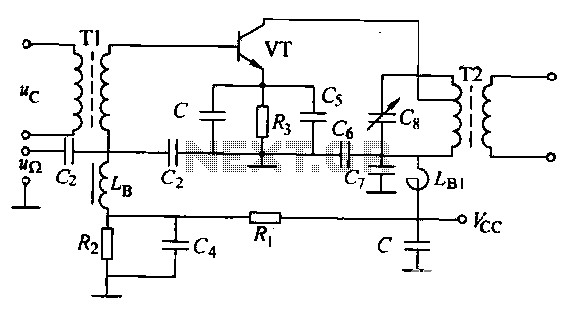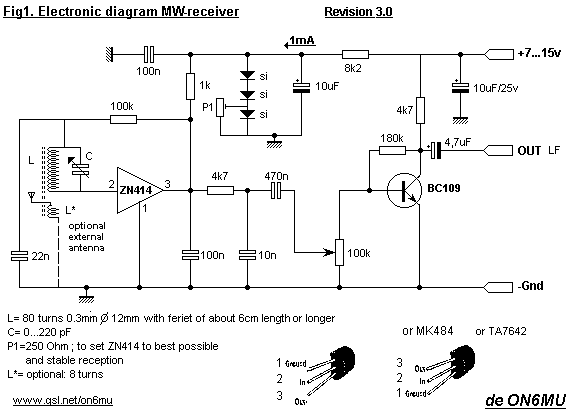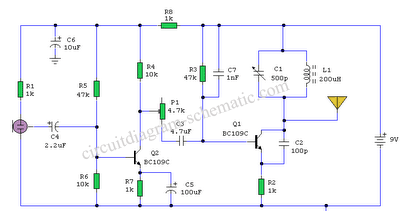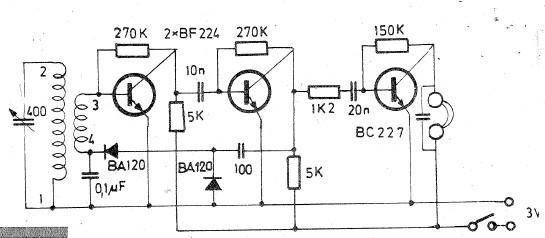
Touch Dimmer Circuit for Lamps using TT6061 IC

A simple touch dimmer circuit diagram using the TT6061 IC, which is a touch control integrated circuit used for light dimmer circuits and lamp dimmer circuits.
The touch dimmer circuit utilizing the TT6061 IC is designed to provide a user-friendly interface for controlling the brightness of lamps and lighting fixtures. The TT6061 is specifically engineered for touch-sensitive applications, allowing users to adjust the light intensity with a simple touch, eliminating the need for traditional mechanical switches.
The circuit typically consists of the TT6061 IC, a power supply, a touch sensor, and a load (such as an LED or incandescent lamp). The power supply can range from 100V to 240V AC, which is transformed down to a suitable DC voltage for the operation of the TT6061. The touch sensor is connected to the input of the IC, which detects the touch and sends a signal to adjust the brightness level of the connected load.
The operation of the circuit is straightforward. When a user touches the sensor, the TT6061 IC interprets this input and increases or decreases the brightness of the light accordingly. The IC can be programmed to remember the last brightness setting, providing convenience for users who prefer a specific light level.
Additional features may include a soft-start function to prevent sudden surges in current, which can extend the life of the lamp and enhance user experience. The circuit can also include safety features such as over-voltage and over-temperature protection to ensure reliable operation.
The schematic diagram of the touch dimmer circuit will typically show the connections between the components, including the power supply, the TT6061 IC, the touch sensor, and the load. Proper layout and component selection are crucial to ensure stable operation and minimize electromagnetic interference (EMI), which can affect the performance of the touch sensor.
In summary, the TT6061-based touch dimmer circuit provides an innovative solution for controlling lighting in a convenient and efficient manner, catering to modern lighting applications and user preferences.A simple touch dimmer circuit diagram using TT6061 IC, which is a touch control integrated circuit used for Light dimmer circuit and lamp dimmer circuits.. 🔗 External reference
The touch dimmer circuit utilizing the TT6061 IC is designed to provide a user-friendly interface for controlling the brightness of lamps and lighting fixtures. The TT6061 is specifically engineered for touch-sensitive applications, allowing users to adjust the light intensity with a simple touch, eliminating the need for traditional mechanical switches.
The circuit typically consists of the TT6061 IC, a power supply, a touch sensor, and a load (such as an LED or incandescent lamp). The power supply can range from 100V to 240V AC, which is transformed down to a suitable DC voltage for the operation of the TT6061. The touch sensor is connected to the input of the IC, which detects the touch and sends a signal to adjust the brightness level of the connected load.
The operation of the circuit is straightforward. When a user touches the sensor, the TT6061 IC interprets this input and increases or decreases the brightness of the light accordingly. The IC can be programmed to remember the last brightness setting, providing convenience for users who prefer a specific light level.
Additional features may include a soft-start function to prevent sudden surges in current, which can extend the life of the lamp and enhance user experience. The circuit can also include safety features such as over-voltage and over-temperature protection to ensure reliable operation.
The schematic diagram of the touch dimmer circuit will typically show the connections between the components, including the power supply, the TT6061 IC, the touch sensor, and the load. Proper layout and component selection are crucial to ensure stable operation and minimize electromagnetic interference (EMI), which can affect the performance of the touch sensor.
In summary, the TT6061-based touch dimmer circuit provides an innovative solution for controlling lighting in a convenient and efficient manner, catering to modern lighting applications and user preferences.A simple touch dimmer circuit diagram using TT6061 IC, which is a touch control integrated circuit used for Light dimmer circuit and lamp dimmer circuits.. 🔗 External reference
Warning: include(partials/cookie-banner.php): Failed to open stream: Permission denied in /var/www/html/nextgr/view-circuit.php on line 713
Warning: include(): Failed opening 'partials/cookie-banner.php' for inclusion (include_path='.:/usr/share/php') in /var/www/html/nextgr/view-circuit.php on line 713





